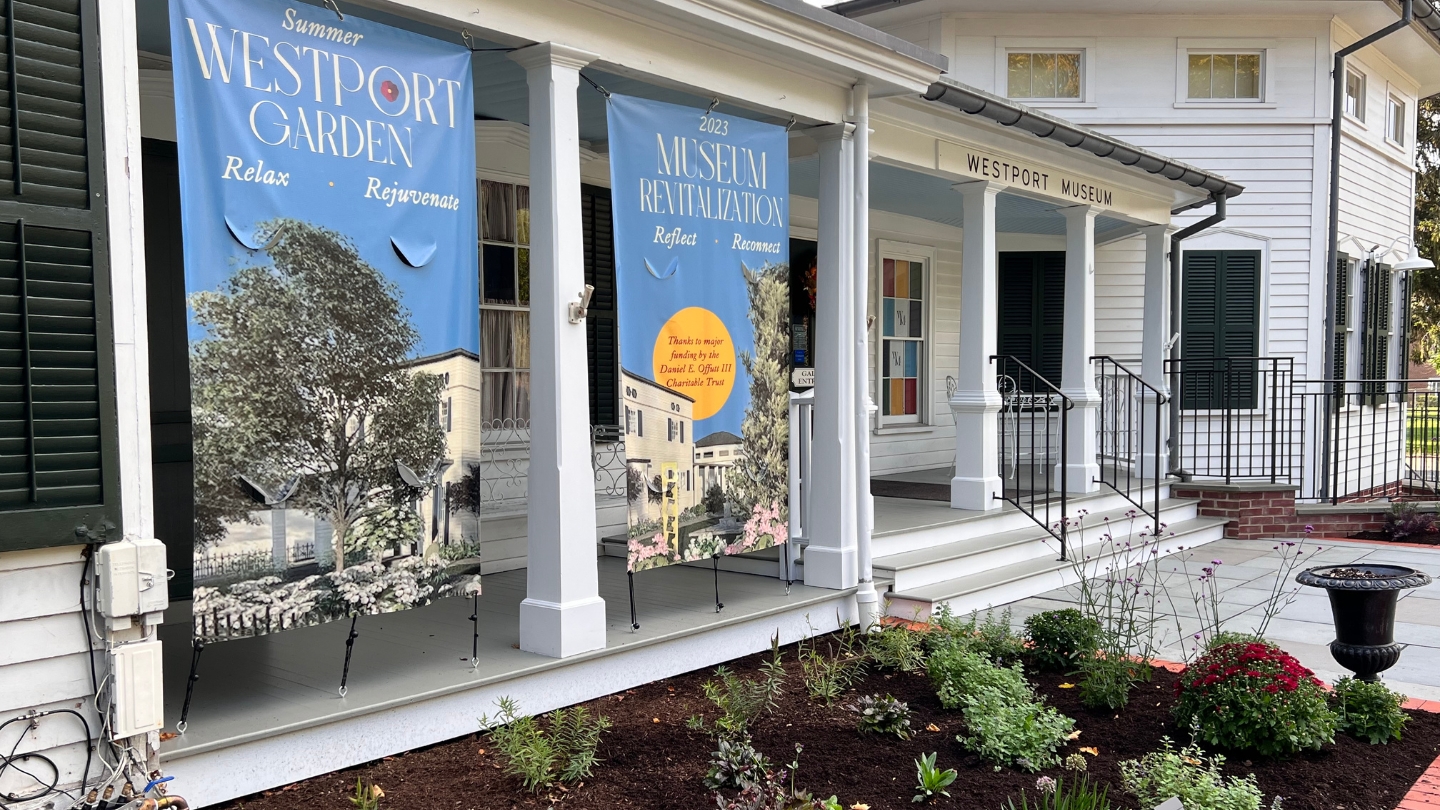Following the end of World War II, Americans sought a return to normalcy. Many pursued an idealized life in suburbs that were rapidly springing up around overcrowded and war-weary cities. In Westport, artists like Stevan Dohanos portrayed this idyllic world on the covers he produced for the Saturday Evening Post and other magazines, using Westport scenes for inspiration. In 1948 Dohanos and similar illustrators joined Norman Rockwell and Albert Dorne, to found The Famous Artist School in Westport. The school was a correspondence arts course comprising 24 lessons for $200 that was payable in installments and could even be covered by the GI Bill.
While returning GI’s found opportunities for education and newly built housing awaiting them, so too was the psychological fall out of serving in the war. This phenomenon was portrayed in the film, The Man in the Grey Flannel Suit starring Gregory Peck as a Westport ad-exec who struggles to balance career, family and home while suffering from post-traumatic shock from his war service.
Even as Americans struggled to get their post-War lives back on track, the specter of the Cold War reared its head, becoming a social, political and artistic obsession. Here in Westport, the Nike anti-aircraft missile site was built by soldiers in 1956 on the grounds of what is today Bedford Middle School. The event was depicted in the book Rally Round the Flag, Boys! by Max Shulman which was later adapted into film starring Westporters Paul Newman and Joanne Woodward.
Fear of Soviet nuclear attack was so tangible in daily life that school children regularly conducted nuclear missile safety drills, some suburban residents built underground bunkers and radiation sickness tabs were distributed to help allay absorption of radioactive iodine in the event of an attack.


